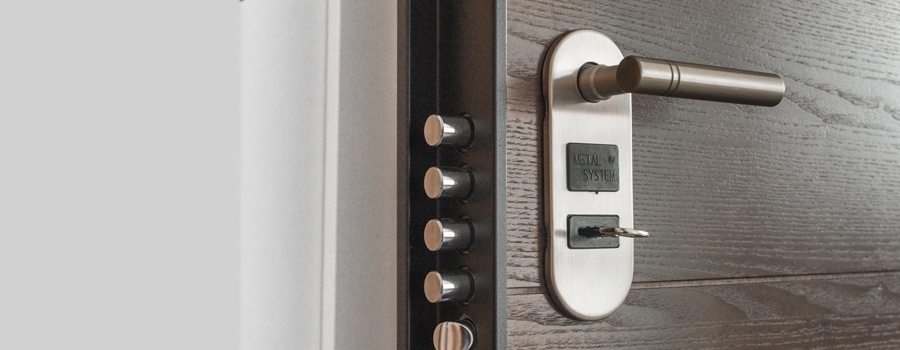Tag: technology
-

HHS Proposes New Rules to Improve Interoperability of EHI
Could new innovations in technology promote patient access and make no-cost health data exchange a reality for millions? The U.S. Department of Health and Human Services (HHS) has proposed new rules to support seamless and secure access, exchange and use of electronic health information. The rules, issued by the Centers for Medicare & Medicaid Services…
-

Plan While You Still Can
In our work with hundreds of medical practices, and in our Firm’s medical practice manager roundtable meetings, a common issue among medical practitioners is the uncertainty about the economic future of their medical practices. Reimbursement levels may drop, many patients may choose medical coverage offered by a state-sponsored exchange, and the burden of changing technology…
-

Are Your Electronic Devices Physically Secure?
In the age of electronic medical records and ransomware attacks, recent focus with regard to HIPAA compliance seems to be on electronic security. How are your electronic medical records stored? Do you require two-factor authentication to access your electronic system remotely? What firewalls and malware detection systems do you have in place to prevent a…
-

Phishing Schemes Can Paralyze Your Medical Practice
“Phishing” occurs when emails are sent to individuals or entities in an attempt to fraudulently gain access to personal information or introduce malware into the computer system. These emails are often disguised to look familiar to the recipient. The perpetrator may disguise their communication to appear to be from a colleague, family member or friend.…
-

Report: EMR Industry Must Reckon with Physician User Frustration
ROCKVILLE, MD – A new study by health care market researcher Kalorama Information has found that physician frustration over the use of EMR systems will be a trend for vendors to deal with. Previously, incentives paid to providers to buy and use electronic medical records were enough for a market boost, but now user frustration is…